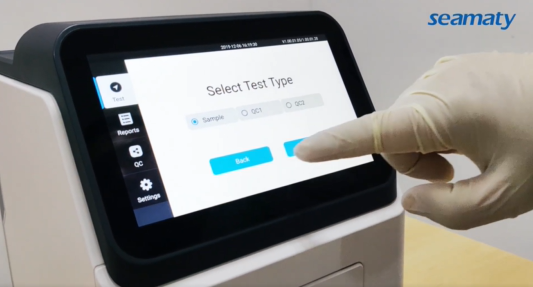release time:2021-11-11 12:00:59
1. if according to the identity of the testers can be divided into self-testing/home testing or specialized Professional. the home market mainly includes products for blood glucose, blood pressure, pregnancy, etc. The professional market mainly includes products used in hospital testing departments, clinical departments, emergency departments, ICU, operating rooms, etc. In addition, POCT machine can also be used in disaster relief, military, medical service stations, on-site supervision and law enforcement, food safety control, mobile medical and other scenarios. Its form is more flexible and diverse than large diagnostic machine.

2023-12-28
Upgrade your clinical testing capabilities with the Seamaty SMT-70 Semi-auto Chemistry Analyzer. Affordable, compact, and user-friendly, it delivers reliable results with minimal maintenance. Ideal for labs seeking budget-friendly, efficient solutions.

2022-08-09
A blood chemistry analyzer allows vets to see various markers and increase harmful chemicals in animal blood. Every vet needs to diagnose the chemical composition of animal blood for accurate diagnosis and prescription.

2022-07-11
Clinical chemistry is the application of analytical techniques and instrumentation to the diagnosis and treatment of disease. The use of these techniques and instruments has increased the accuracy and speed of diagnosis, as well as the ability to detect and monitor disease progression.